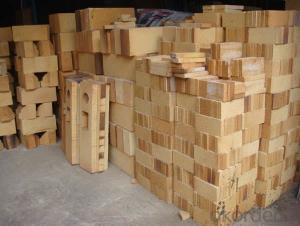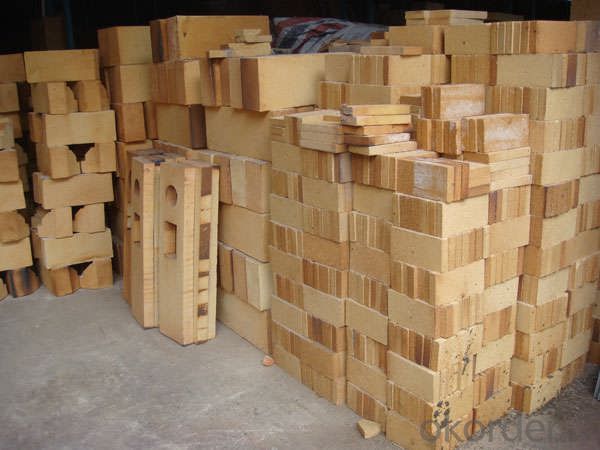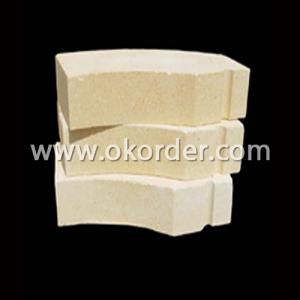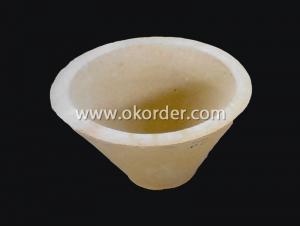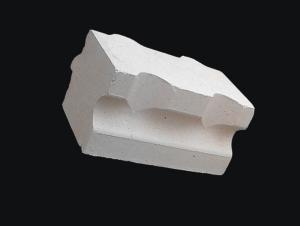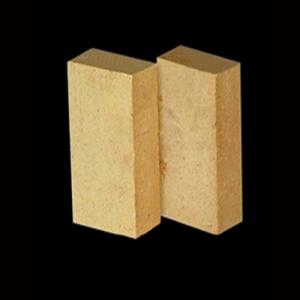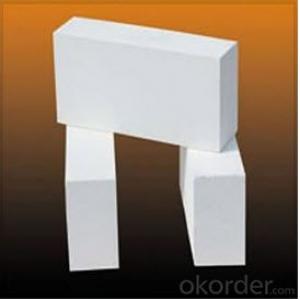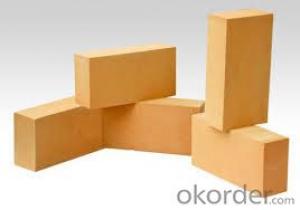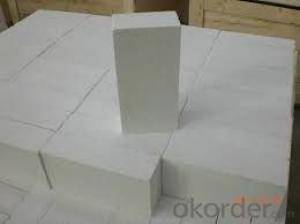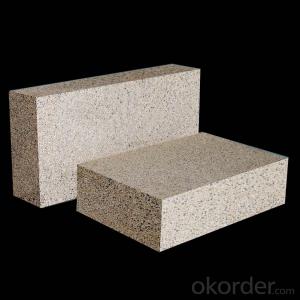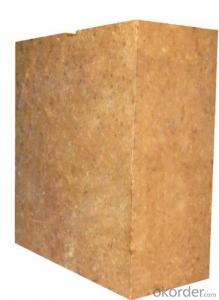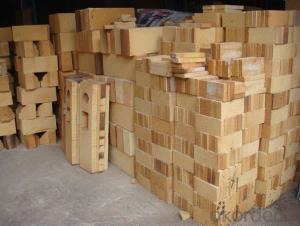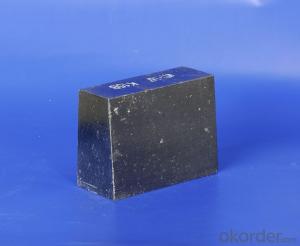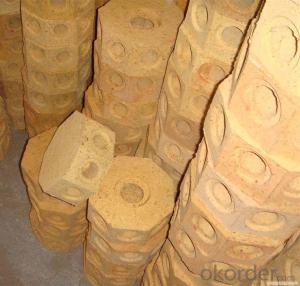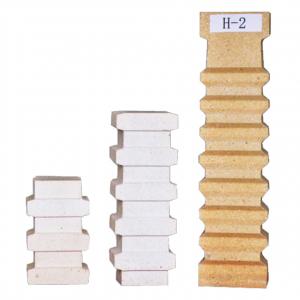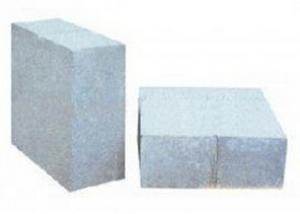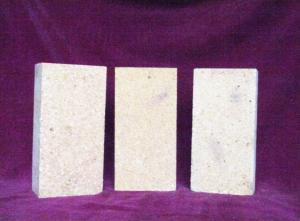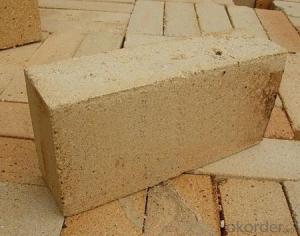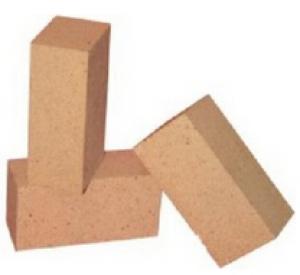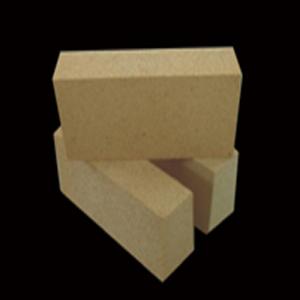High Alumina Silica Firebrick Supplied by CNBM China
- Loading Port:
- China main port
- Payment Terms:
- TT OR LC
- Min Order Qty:
- 1000 pc
- Supply Capability:
- 10000000 pc/month
OKorder Service Pledge
OKorder Financial Service
You Might Also Like
Quick Details
| Place of Origin: | Shandong, China (Mainland) | Shape: | Brick | Material: | Alumina Block |
| Al2O3 Content (%): | 30%-85% | Refractoriness (Degree): | Common (1580°< Refractoriness< 1770°) |
Packaging & Delivery
| Packaging Details: | wooden pallets with plastic film. Each 20ft container could load 24MT |
| Delivery Detail: | within 20days |
Specifications
1.Export more than 20 countries;
2.Accurately delivery time;
3.Professional technical service;
4.Most brick in stock;
Silica firebrick
Features &Application
1.Specification:Standard&special shape;
2.Well resist acid slag erosion;
3.Refractoriness under load is close to
refractoriness ;
4.Nondeformable under high temperature
using;
Physical and chemical indicators
1.SiO2:95-96%;
2.Refractoriness:1710°C;
3.Refractoriness under load:1650-1680°C;
4.Bulk density:1.85-1.9g/cm3.
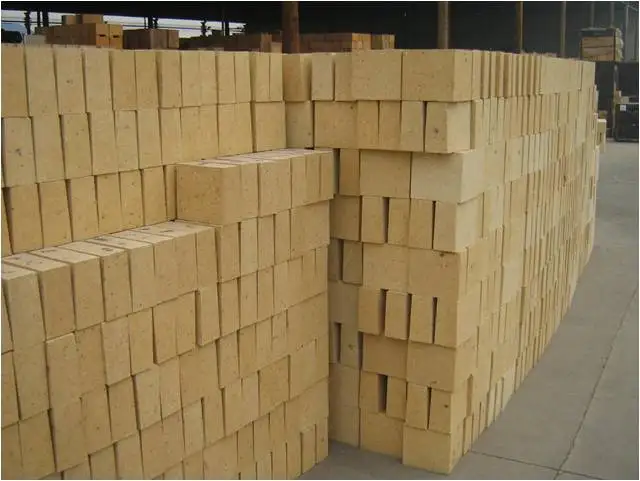
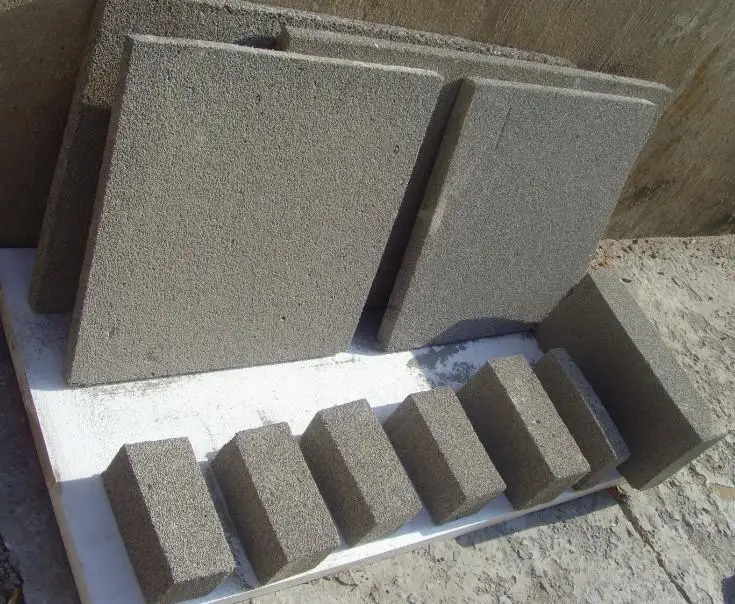
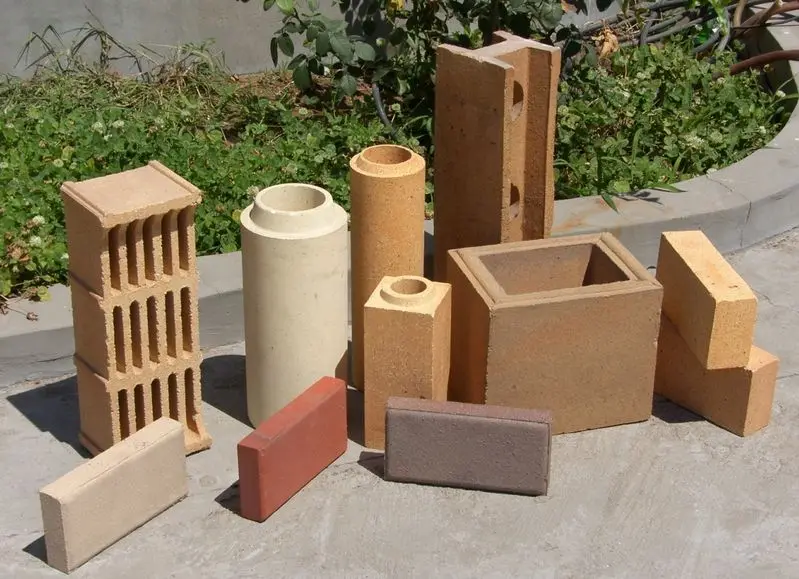
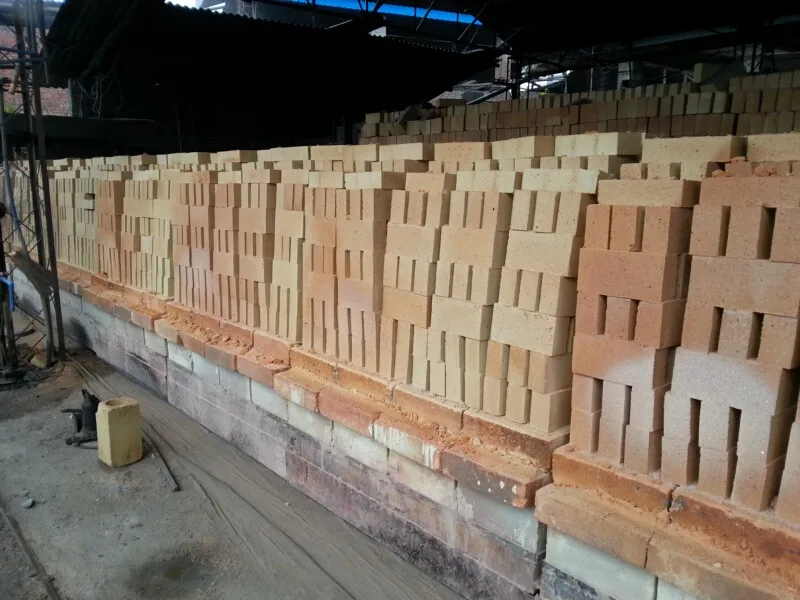
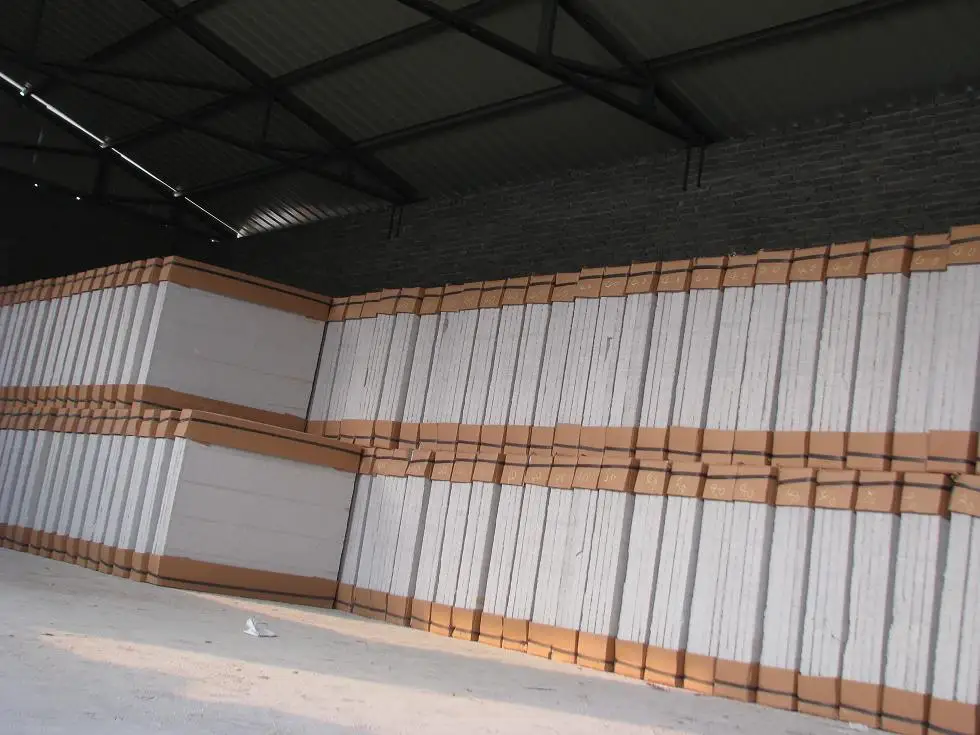
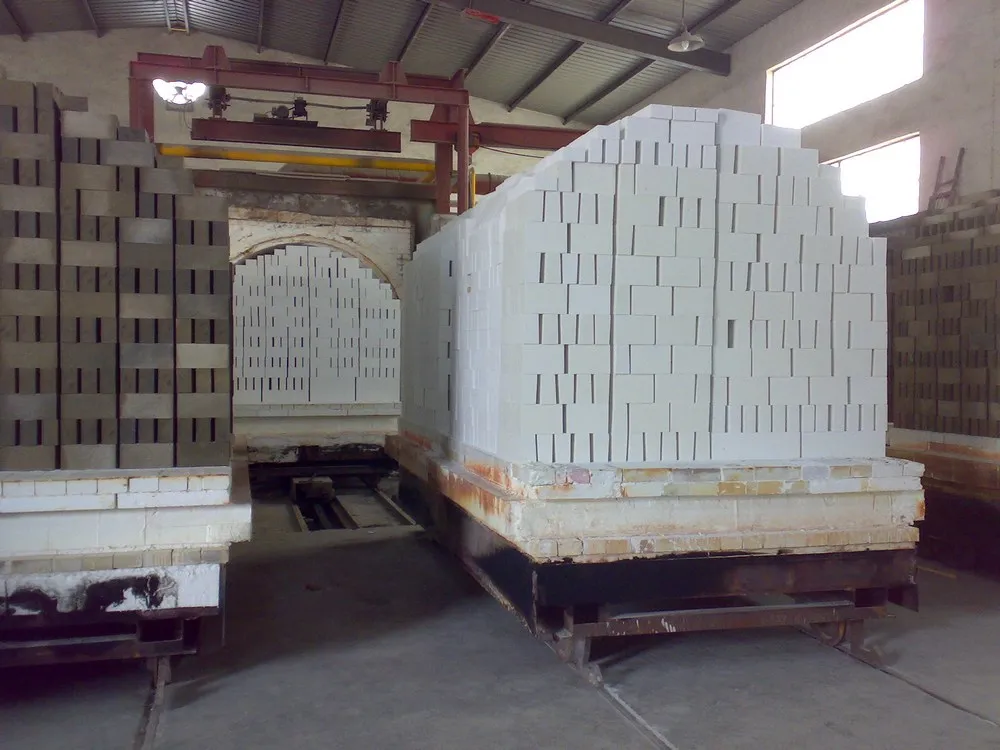
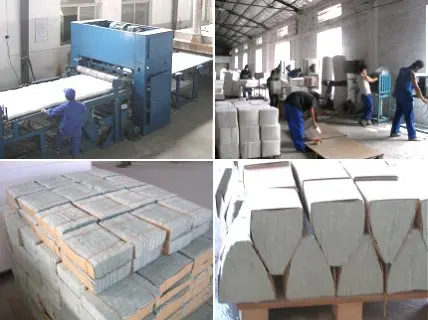
When you send us the inquiry for these bricks,in order to make an accurately quotation to you,pls provide the following request:
1.The size of brick.
The standard size is 230*114*65MM,if the shape of brick is non-standard,pls provide the drawing.
2.Pls provide the main part of physical and chemical indicators.
3.Pls provide the purchasing quantity.
- Q: What is the difference between corundum and high alumina??
- The difference between them lies in the content of alumina and the alumina refractory products with alumina content higher than 48%The content of Al2O3 is higher than 90%, which is called corundum brick.
- Q: What are the grades of high alumina bricks?
- High alumina brick according to the aluminum content is generally divided into: super high alumina brick, a high aluminum brick, two high alumina brick, three high alumina brick
- Q: What is the price of the first grade high alumina brick?
- Many factories in Xinmi have high alumina bricks, but they must choose a regular factory. Kuwait refractory level high aluminum brick price at around 1600, the quality of double stable supply
- Q: What's the price of high alumina refractory bricks?
- Their refractory bricks are of good quality and low ex factory prices. Special high alumina refractory brick factory price of 1900 yuan / ton, a high alumina brick factory price of 1650 yuan / ton... This price applies to standard size, size 230*114*65mm, more products, prices go to see.
- Q: Which is better, the soft core or the hard core?
- When the current through the wire, it will produce a magnetic field in the vertical plane space of the wire, if there is a current two wire close by in the same direction, because they produce a magnetic field in the direction is opposite, it will produce a repulsive force is due to the magnetic field force. They will mutually inhibit current intensity of the other party, caused by the reduction of current in the wire, this inhibition of each current intensity, we called wire inductance. When the AC current line frequency is high, the inductance is stronger.
- Q: What kinds of minerals are there in the five major categories of ore crystal chemistry?
- Sulphide. A total of more than 200~300 kinds, followed by the type of silicate minerals, the weight of 0.25% of the crust. Chang Fu is an important nonferrous metal deposit, which is an important source of copper, lead, zinc, antimony and so on. It is of great economic value. The main features are: metal luster, color, streak is deep, low hardness, good thermal conductivity, than the major. Another feature is that because sulfides are often associated with magma, it is very easy to oxidize under the surface supergene action. Except for pyrite (6 ~ 6.5 hardness), the hardness is very low. Such minerals pyrite, chalcopyrite, galena, FeS2 CuFeS2, PbS, Sb2S3, stibnite sphalerite molybdenite, cinnabar HgS MoS2.
- Q: How much is one ton / ton of high alumina refractory brick?
- The market price of about super high aluminium brick price at 3000 yuan / ton, a high aluminum brick at around 2500 yuan / ton, two high aluminum bricks at around 2100 yuan / ton three grade high alumina bricks at around 1850 yuan / ton for reference, choose to buy the area is not the same as the prices are not the same.
- Q: What are ordinary bricks, refractory bricks, hollow bricks?
- Light yellow or brownish. The utility model is mainly used for laying smelting furnaces, and can withstand high temperature between 1580 DEG C and 1770 DEG C. Also called brick. Refractory material of a certain shape and size. According to the preparation process can be divided into bricks, brick, electric melting brick (Rong Zhuzhuan), the refractory insulating bricks; according to the shape and size can be divided into standard brick, brick, brick and other specific type. It can be used as high temperature building materials and structural materials for construction kilns and various thermal equipments, and can undergo various physical, chemical and mechanical changes at high temperature. For example, refractory clay brick, high alumina brick, brick, brick etc..
- Q: Refractory brick, high alumina brick, magnesia chrome brick, magnesia brick, clay brick, which type of high temperature refractory brick?
- The super high alumina brick in high alumina refractory brick has the highest refractoriness, and the corresponding production cost is higher.
- Q: Which thermal shock stability of clay brick and high alumina brick is good?
- High alumina brick is made of superfine alumina, fused corundum and fused mullite as main refractory materials.
Send your message to us
High Alumina Silica Firebrick Supplied by CNBM China
- Loading Port:
- China main port
- Payment Terms:
- TT OR LC
- Min Order Qty:
- 1000 pc
- Supply Capability:
- 10000000 pc/month
OKorder Service Pledge
OKorder Financial Service
Similar products
Hot products
Hot Searches
Related keywords
